The Biospheric Crisis and the Human Dilemma
Photo by no one cares on Unsplash
Scientists have identified thirty-five “biodiversity hotspots” across the planet, places such as the Cerrado and the island of Madagascar that are home to exceptionally large numbers of species found nowhere else in the world and that are under threat of extinction due mainly to habitat loss.[i] Many of these areas are located in regions with large human populations and high rates of hunger and malnutrition (such as Madagascar, Mesoamerica, and Indonesia) or in countries that practice large-scale intensive forms of agriculture (for instance, the Mediterranean Basin and Brazil’s Atlantic Forest). Therefore, these endemic species will become increasingly rare through the century or disappear, altogether, due to overfishing, bushmeat hunting, the expansion of farmlands, and the toxic effects of industrial agriculture.
Piece by piece, the biospheric systems that have sustained humanity for hundreds of thousands of years are now breaking down.[ii] Ecosystems around the planet are losing species diversity, biomass, and structural complexity, and, since these are the keystones to ecosystem resilience, they are losing their ability to withstand the stresses of what is for them worsening climatic and biologic conditions.[iii] The more pieces of the biosphere that unravel the greater is the danger to the whole.[iv] Not that the biosphere, itself, is in danger of perishing. Rats and jellyfish will do just fine. It is the specific complex and bio-diverse ecosystems that humans evolved into and that are therefore best suited for us that are vanishing.
The ongoing transformation of planetary systems directly threatens humanity at its soft underbelly—its food. Human agriculture developed for the first time, as far as scientists can tell, in the last ten thousand years, following the rapid melting of the continental ice sheets in the northern hemisphere. And the intensive, large-scale farming systems (with irrigated fields and heavy plows pulled by big, domesticated animals) that could sustain densely populated cities are only a few thousand years old. The planetary systems generally favored agriculture for much of these post-glacial millennia. Wildlife was abundant and diverse; relatively gentle climates prevailed over much of the continents; and in the temperate zones the glaciers had left extensive deposits of thick, rich soils. By heating the atmosphere and oceans, destroying the soil, and unraveling the complexity of the biosphere, we are undermining the very conditions we have diligently programed our domesticated crops to thrive in. It has been intensive, industrial agriculture more than any other single cause that has created the bind in which we now find ourselves: rapidly rising populations feeding off a diminishing resource base.
What is most damning about our plight is that despite taking control of the biosphere, depleting natural resources, and wreaking havoc on the planetary systems, we still have not been able to properly feed ourselves. Billions remain hungry and malnourished, and millions die each year from famines, perpetual and acute. This strongly suggests that we have passed the Earth’s carrying capacity for our kind, for Homo colossus, the very large human species. The planet can no longer feed, house, and otherwise serve our huge numbers and growing appetites, at least, not in the inefficient, self-centered ways we have been operating. Given the twinned dynamics of rising populations and a deteriorating resource base, the most profound question facing humanity is this: How will Civilization continue to feed and otherwise support the billions of already well-fed people living today and raise the living standards for the billions who are hungry and extremely poor and provide for the billions more expected this century and do all this without eviscerating the biosphere?
A dilemma is a situation in which one must choose between two alternatives, neither of which lead to a desirable result. Expressed more colloquially, you’re between a rock and a hard place, damned if you do and damned if you don’t. Here is the human dilemma: If we—“we” being global civilization—continue increasing our population, drawing down natural resources, and degrading the environment more or less as we have been doing (the business as usual scenario), then we will destroy the life supporting conditions of the planetary systems, and we will face a massive, global-scale famine, probably sometime this century. If, on the other hand, we choose do things differently, by, for instance, discontinuing industrially intensive, large-scale, mono-crop farming, then crop yields will plummet and we will need to convert more forests into farmland, destroying the biosphere in the process, and we will run out of arable land. Not only will the perpetual famine continue unabated, but we will likely face massive, global-scale, acute famine. Either way, it appears, humanity faces a dieback of unprecedented proportions, likely this century, far surpassing the number of deaths in the epochal 14th century black death.
ENDNOTES
[i] Myers et al. (2000), Marchese (2015).
[ii] Barnosky et al. (2012).
[iii] Allisina et al. (2009), Dunne and Williams (2009), May, R.M. (2009).
[iv] Barnosky et al. (2012).
REFERENCES
Allisina, S., Bodini, A., and Pascual, M. (2009) Functional Links and Robustness in Food Webs. Philosophical Transactions of the Royal Society B; 364: 1701-1709.
Barnosky, A.D., Hadly, E.A., Bascompte, J., Berlow, E.L., Brown, J.H., Forelius, M., … and Smith, A.B. (2012) Approaching a State Shift in Earth’s Biosphere. Nature, v. 486, pp. 52-58.
Dunne, J.A., and Williams, R.J. (2009) Cascading Extinctions and Community Collapse in Model Food Webs. Philosophical Transactions of the Royal Society B; 364: 1711-1723.
Marchese, C. (2015) Biodiversity Hotpots: A Shortcut for a More Complicated Concept. Global Ecology and Conservation; 3: 297-309.
May, R.M. (2009) Food-Web Assembly and Collapse: Mathematical Models and Implications for Conservation. Philosophical Transaction of the Royal Society B: Biological Sciences; 364(1524): 1643-1646.
Myers, N., Mittermeier, R.A., Mittermeier, C.G., da Fonseca, G.A.B., and Kent, J. (2000) Biodiversity Hotspots for Conservation Priorities. Nature; 403: 853-858.

